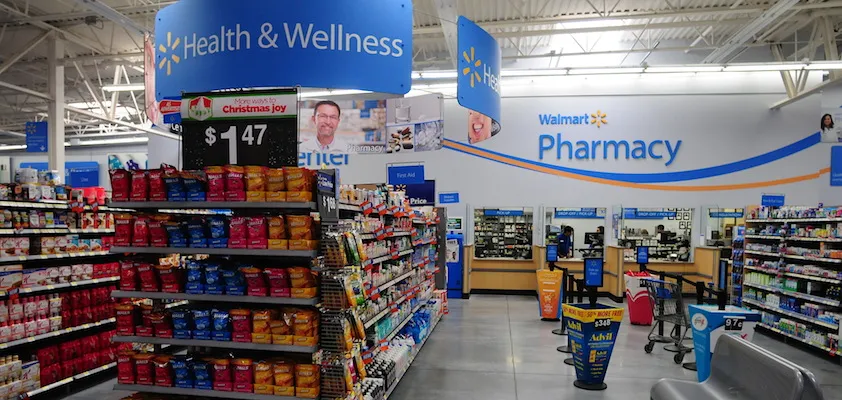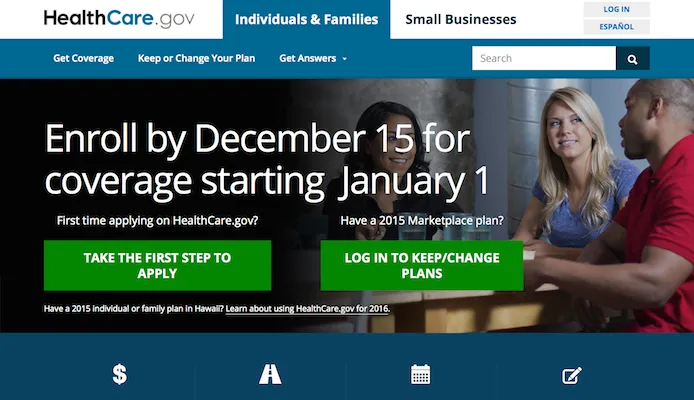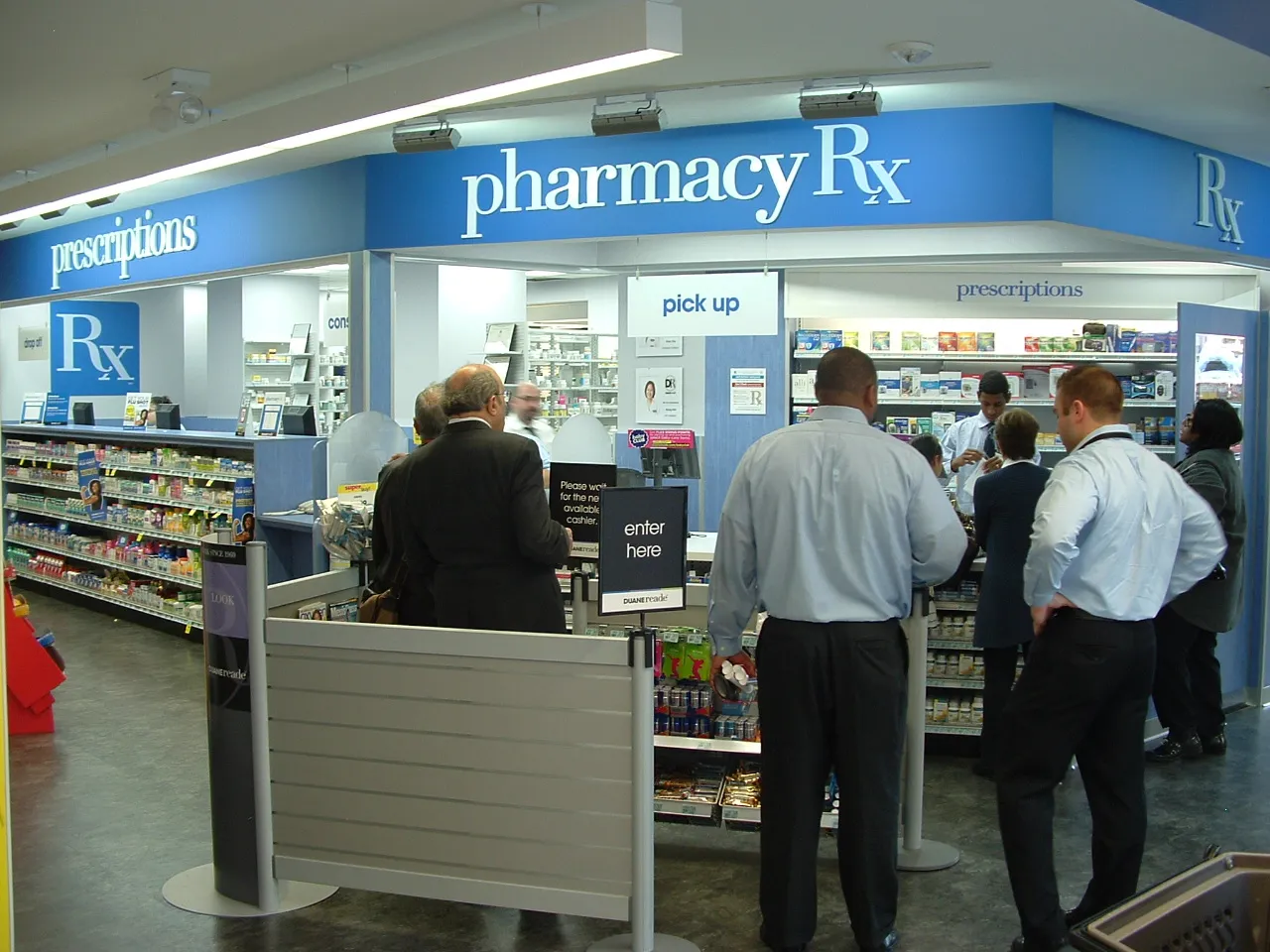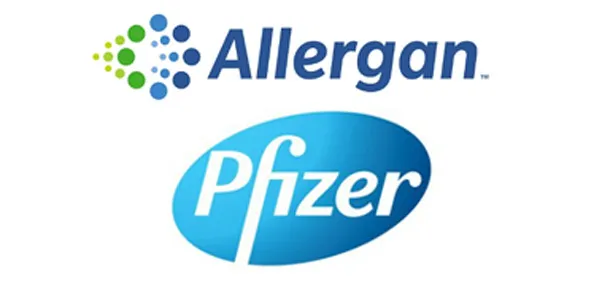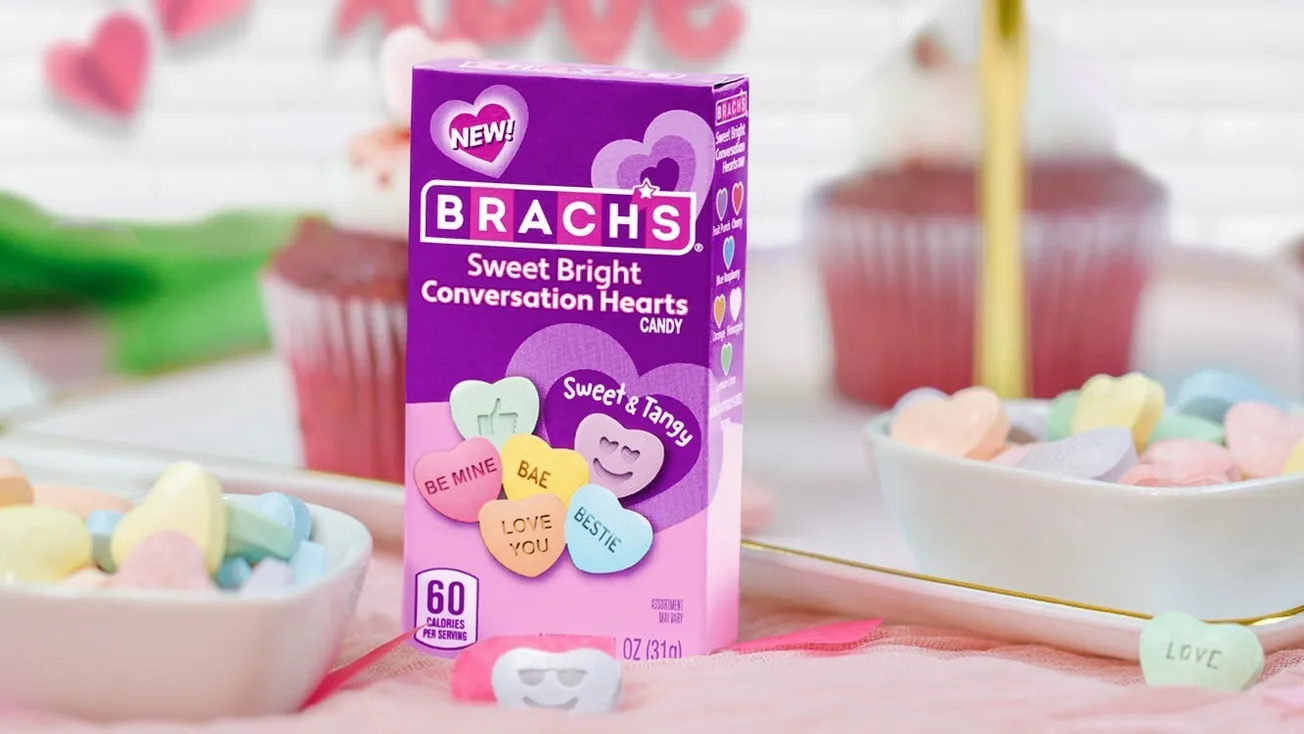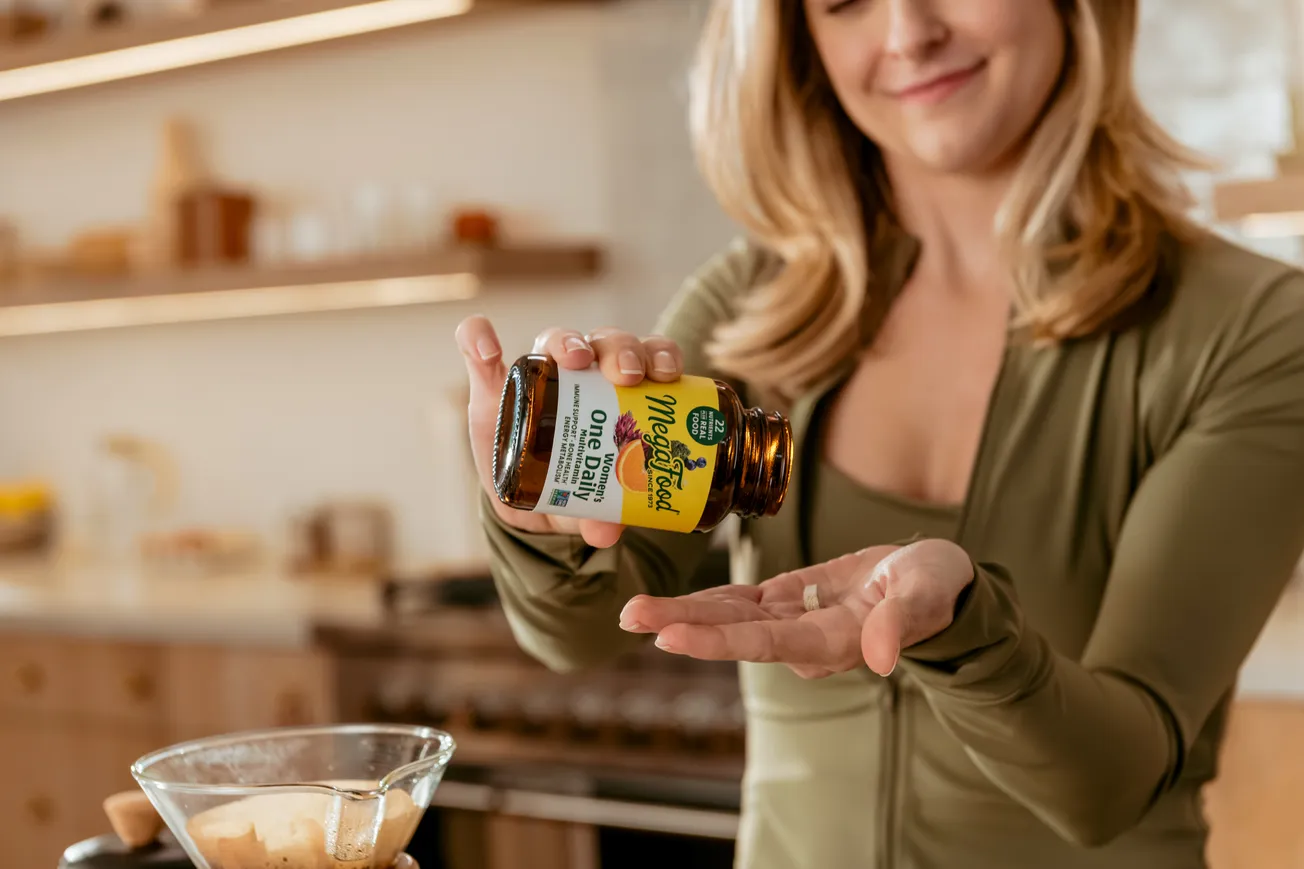NEW YORK — Americans prefer generic drugs to brands for both prescription and over-the-counter drugs, according to a new Harris Poll.
Among those who purchase prescription drugs for themselves, nearly seven in 10 (69%) say, given a choice, they would opt for generics more often. Three in 10 go as far as saying they would “always” choose generics.
They feel similarly about O-T-Cs. When given a choice, over six in 10 (63%) say they would select generics more often. Nearly one-quarter (24%) will “always” reach for the generic option.
The survey also found that chain drug stores are the preferred destinations for prescriptions, with half of respondents buying scripts at these outlets. Mass merchandisers are a distant second (23%), followed by supermarkets (18%), and online/by mail order (16%). Fewer people use an independent pharmacy (12%) or hospital pharmacy (9%).
When it comes to O-T-Cs, mass merchandisers are the top destination, favored by 57% of Americans. Chain drug stores are a close second at 51%. A third of adults (32%) visit supermarkets, while one in 10 hit independent pharmacies and fewer utilize online/mail order (5%) or a hospital pharmacy (3%).
Millennials are more likely than all other generations to opt for chain drug stores (61%), compared to 50% of Gen Xers, 45% of baby boomers, and 46% of Matures. Among different age groups, older generations are more likely than their younger counterparts to go the generic route, the poll found.
When it comes to purchasing medications for children, regardless of whether they’re prescription or O-T-C, parents continue to reach for generics. For prescription purchases, over six in 10 (61%) fill scripts with a generic compared to the 34% who stick with brand names.
The disparity lessens when buying O-T-Cs. Just over half (52%) purchase generic O-T-Cs for their children, while 42% reach for the branded option.
For both prescriptions and O-T-Cs, those in urban settings are nearly twice as likely to pick up a brand name drug for a child as those in suburban or rural settings.
When paying for generic prescriptions, nearly half of purchasers (48%) say they would only pay $10 or less for a 30-day supply.
Meanwhile, 31% would pay between $10.01 and $25 and 11% would pay between $25.01 and $50. Just 4% would be willing to shell out more than $50 for a generic-filled prescription for themselves. However, this number nearly triples when considering a purchase for a child. Eleven percent of those buying generic drugs for a child say they would pay over $50.
Millennials and those in households with children are all more likely to say they would pay over $10 out of pocket for generic prescriptions.
Compared to their younger counterparts, older generations are more likely to purchase prescription drugs (98% Matures and 95% baby boomers versus 90% Gen Xers and 91% Millennials), and they’re also, perhaps surprisingly, more likely to turn to online channels to do so (27% and 24% versus 10% and 7%).
Those with children in the household are more likely than those without to purchase from chain drug stores (58% versus 46%), discount stores (30% versus 20%) and independent pharmacies (17% versus 10%). On the other hand, those without children in the house are more likely to purchase online (19% versus 10%).

